- Home›
- Healthy Living›
- 10 Remedies To Dissolve Bunions Naturally At Home
10 Remedies To Dissolve Bunions Naturally At Home
By: Priyanka Maheshwari Mon, 12 June 2023 3:28:36
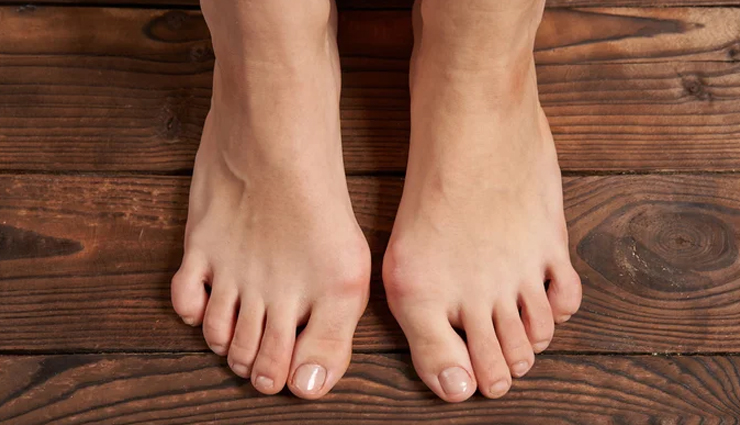
Bunions are a common foot condition characterized by the enlargement of the joint at the base of the big toe. They can cause discomfort, pain, and difficulty in walking. While surgery is often recommended for severe cases, there are several natural remedies that can help alleviate the symptoms and even dissolve bunions. In this article, we will explore 10 effective remedies that you can try at home to naturally treat and dissolve bunions. Incorporate these remedies into your daily routine and consult with a healthcare professional for personalized advice. With patience and consistency, you can find relief from bunions and improve the overall health of your feet.
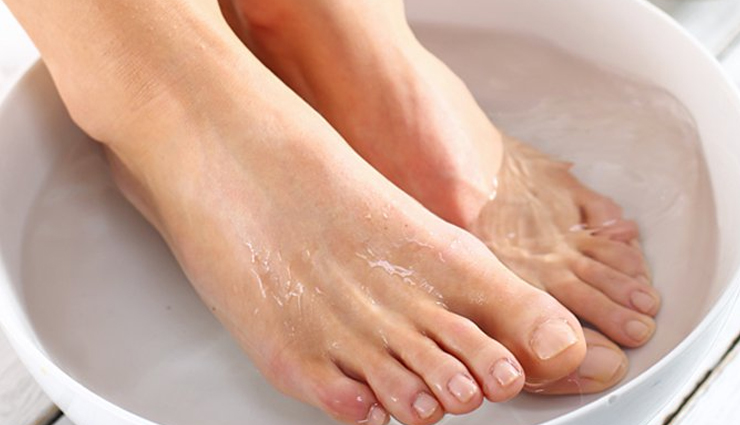
# Warm Water Soaks
Warm water soaks are a simple and effective remedy to help alleviate pain and reduce inflammation associated with bunions. Soaking your feet in warm water can provide soothing relief and promote better circulation in the affected area. Here's a step-by-step guide on how to do warm water soaks to treat bunions:
Fill a basin or tub with warm water: Start by filling a basin or tub with enough warm water to submerge your feet comfortably. Ensure that the water is not too hot to avoid burning your skin.
Optional: Add Epsom salt or essential oils: You can enhance the benefits of the warm water soak by adding Epsom salt or a few drops of essential oils like lavender or peppermint. Epsom salt can help reduce inflammation, while essential oils can provide additional relaxation and soothing effects.
Soak your feet for 15-20 minutes: Gently place your feet in the warm water and soak them for about 15-20 minutes. Allow the warmth to penetrate your skin and muscles, providing relief to the bunion area.
Massage your feet: While soaking, you can also gently massage your feet to further promote relaxation and improve blood circulation. Use your fingers or a soft cloth to massage the bunion area and the surrounding muscles. Focus on applying gentle pressure and kneading motions.
Dry your feet thoroughly: After the soak, remove your feet from the water and pat them dry with a clean towel. Make sure to dry the areas between your toes as well to prevent moisture buildup and potential fungal infections.
Apply moisturizer and wear comfortable footwear: Once your feet are dry, apply a moisturizer or foot cream to keep your skin hydrated. Then, wear comfortable shoes with a wide toe box that allows your toes to move freely without restriction.
Repeat regularly: To experience the full benefits, it's recommended to do warm water soaks for bunions regularly. Aim for daily soaks or at least several times a week to help reduce pain, inflammation, and discomfort over time.

# Ice Packs
Ice packs can be a beneficial remedy to help reduce pain and inflammation associated with bunions. The cold temperature helps to numb the area and constrict blood vessels, which can provide temporary relief. Here's a step-by-step guide on how to use ice packs to treat bunions:
Prepare an ice pack: Fill a sealable plastic bag with ice cubes or use a gel-based ice pack. If using ice cubes, you can wrap them in a thin cloth or towel to prevent direct contact with the skin.
Protect your skin: Before applying the ice pack, make sure to protect your skin by placing a thin cloth or towel over the bunion area. This will prevent the ice pack from directly touching your skin, which can cause frostbite or discomfort.
Apply the ice pack: Gently place the ice pack on the bunion area and hold it in place. Apply light pressure if desired, but ensure it is not too tight or causing excessive discomfort.
Keep it on for 10-15 minutes: Leave the ice pack on the bunion area for approximately 10-15 minutes. This duration is typically sufficient to provide the desired therapeutic effect without causing any adverse effects.
Take breaks if needed: If the cold sensation becomes too intense or uncomfortable, you can remove the ice pack for a short break and then reapply it. Listen to your body and adjust as necessary to ensure your comfort.
Repeat as needed: You can repeat the ice pack treatment several times a day, especially when experiencing increased pain or swelling. However, be sure to give your skin enough time to recover between applications to avoid any potential skin damage.
Follow up with warmth: After using the ice pack, you can follow up with a warm towel or a warm water soak to promote blood circulation and relax the muscles. This contrast therapy can be soothing and help enhance the benefits of the treatment.
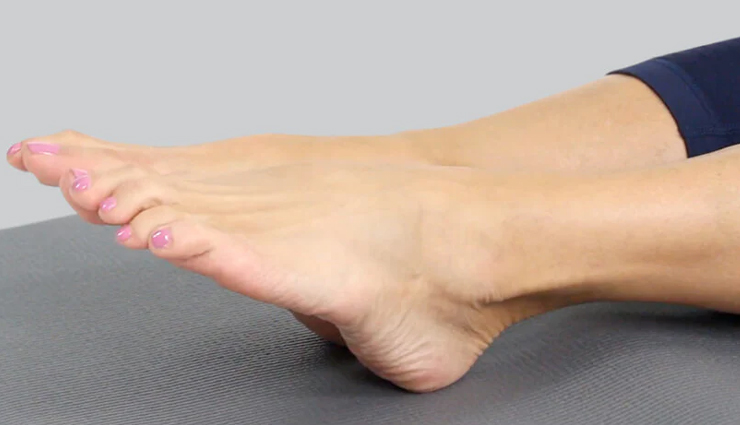
# Toe Stretching Exercises
Toe stretching exercises can help improve the flexibility and alignment of the toes, which can be beneficial for managing bunions. These exercises can help reduce stiffness, increase range of motion, and promote better foot mechanics. Here are some toe stretching exercises to treat bunions:
Toe Extension and Flexion:
Sit in a comfortable position with your feet flat on the floor. Extend your toes outward, spreading them apart as much as possible. Hold this position for a few seconds, then flex your toes inward, bringing them closer together. Repeat this exercise 10-15 times, gradually increasing the duration of each extension and flexion.
Toe Abduction and Adduction:
Sit or stand with your feet flat on the floor. Lift your big toe upward while keeping the other toes on the ground. Hold this position for a few seconds, then release. Next, lift your other toes upward while keeping the big toe on the ground. Repeat this exercise for each foot, alternating between lifting the big toe and the other toes. Aim for 10-15 repetitions on each foot.
Toe Curls:
Sit on a chair and place a small towel or cloth on the floor in front of you. Place your foot on the towel and use your toes to grip and curl the fabric toward you. Continue curling until the towel is completely gathered under your foot. Then, release and straighten your toes to spread the towel back out. Repeat this exercise with each foot for 10-15 repetitions.
Toe Squeezes:
Sit or stand with your feet flat on the floor. Place a small, soft ball (such as a tennis ball or stress ball) between your toes. Squeeze your toes together to grip the ball, hold for a few seconds, then release. Repeat this exercise for each foot, aiming for 10-15 repetitions.
Toe Extensions with Resistance Band:
Sit on a chair and loop a resistance band around all your toes. Hold the ends of the band with your hands. Slowly spread your toes apart against the resistance of the band, then release. Repeat this exercise for 10-15 repetitions.
Toe Circles:
Sit or stand with your feet flat on the floor. Lift your affected foot slightly off the ground. Imagine drawing circles with your big toe in a clockwise direction. Perform 10-15 circles, then reverse the direction and perform another 10-15 circles. Repeat this exercise with each foot.
Toe Stretching with Manual Assistance:
Sit on a chair and use your hands to manually stretch your toes. Gently hold your toes and pull them apart, creating a stretching sensation. Hold the stretch for 10-15 seconds, then release. Repeat this exercise a few times for each foot.

# Foot Massage
Foot massage can be a soothing and effective remedy to help alleviate pain, reduce inflammation, and improve blood circulation in the feet affected by bunions. Regular foot massages can help relax the muscles, promote flexibility, and provide temporary relief from bunion symptoms. Here's a step-by-step guide on how to perform a foot massage to treat bunions:
Prepare a comfortable space: Find a comfortable and quiet space where you can sit and elevate your feet. Place a soft towel or cushion on the floor or on a comfortable chair to support your feet during the massage.
Apply massage oil or lotion: Before starting the massage, apply a small amount of massage oil or lotion to your hands. This will help reduce friction and provide a smooth glide during the massage. Choose a lotion or oil that suits your preference and doesn't irritate your skin.
Start with gentle warming strokes: Begin by using gentle warming strokes to prepare the foot for the massage. Use both hands to grasp the foot, starting from the ankle, and slowly move your hands up and down the foot in a smooth motion. This helps relax the muscles and increases blood flow.
Focus on the bunion area: Once the foot is warmed up, pay special attention to the bunion area. Use your thumbs or fingers to apply gentle pressure in circular motions around the bunion. Gradually increase the pressure based on your comfort level. You can also use your knuckles or a massage ball to target specific areas.
Stretch and mobilize the toes: Gently stretch and mobilize the toes by holding the base of each toe and moving them back and forth. This helps improve flexibility and relieve tension in the toe joints. You can also rotate each toe in a circular motion to further enhance the mobility.
Apply kneading and compression techniques: Use your thumbs or the palms of your hands to apply kneading and compression techniques to the arches, soles, and sides of the foot. Apply moderate pressure and knead the muscles in a circular motion. Focus on any areas that feel tight or tender.
Finish with relaxation strokes: After massaging the bunion area and the entire foot, finish the session with gentle and relaxing strokes. Use your hands to stroke the foot from the toes to the ankle, applying lighter pressure. This helps calm the foot and promotes overall relaxation.
Repeat on the other foot: Once you've completed the foot massage on one foot, repeat the same techniques on the other foot. It's important to provide equal attention and care to both feet.

# Toe Spacers
Toe spacers can be an effective tool to help alleviate pain, reduce pressure, and promote proper alignment of the toes in the case of bunions. They work by creating space between the toes, which can relieve discomfort and prevent further progression of the bunion. Here's a guide on how to use toe spacers to treat bunions:
Choose the right toe spacers: Toe spacers are available in various materials, including silicone, gel, or foam. Select a toe spacer that is comfortable to wear and appropriate for the size and shape of your toes. It's important to choose spacers that fit snugly but not too tightly.
Clean your feet: Before inserting the toe spacers, ensure that your feet are clean and dry. This helps prevent any potential infection or irritation.
Insert the toe spacer: Starting with the affected foot, gently separate the toes and insert the spacer between the big toe and the adjacent toe. Ensure that the spacer is properly positioned, fitting comfortably between the toes.
Allow adjustment time: Initially, you may feel some discomfort or pressure as your toes adjust to the spacers. This is normal, but if the discomfort persists or becomes unbearable, consider trying a different size or type of spacer. It may take some time for your toes to adapt, so be patient and give your feet time to adjust.
Wear regularly: For optimal results, wear the toe spacers consistently. You can wear them during the day while you are active or even at night while sleeping. However, it's important to find a balance and avoid wearing them excessively, as extended use may lead to muscle weakness or dependency on the spacers.
Monitor your feet: Pay attention to any changes or improvements in your bunion symptoms. If you experience increased pain, discomfort, or skin irritation, discontinue the use of the toe spacers and consult with a healthcare professional.
Combine with other remedies: Toe spacers can be used in conjunction with other natural remedies for bunions, such as toe stretching exercises, foot massages, and wearing proper footwear. Combining different approaches can help provide comprehensive care and better results.
Consult a healthcare professional: If your bunion pain persists or worsens despite using toe spacers and other remedies, it's important to seek professional advice. A healthcare professional, such as a podiatrist, can evaluate your condition and provide personalized recommendations or treatment options.
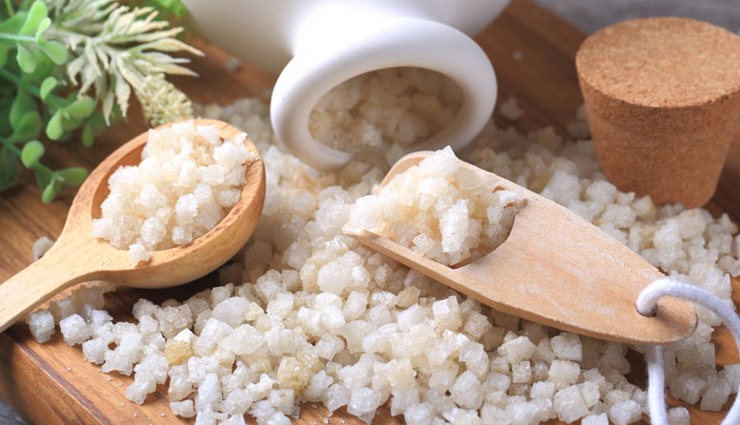
# Epsom Salt Soaks
Epsom salt soaks can provide relief for bunions by reducing inflammation, soothing discomfort, and promoting relaxation. Epsom salt, also known as magnesium sulfate, is believed to have anti-inflammatory properties and can help improve blood circulation. Here's a step-by-step guide on how to use Epsom salt soaks to treat bunions:
Prepare a basin or tub: Fill a basin or tub with warm water. Ensure there is enough water to cover your feet up to your ankles. The water should be comfortably warm, but not hot.
Add Epsom salt: Add 1-2 tablespoons of Epsom salt to the warm water in the basin. Stir the water gently to dissolve the salt. Epsom salt is readily available at most drugstores or supermarkets.
Soak your feet: Gently place your feet into the Epsom salt water, ensuring that the affected foot with the bunion is completely immersed. Relax and soak your feet for 15-20 minutes. You can sit back and read a book or listen to music during this time.
Massage the bunion area: While your feet are soaking, you can use your hands or a soft cloth to massage the bunion area. Apply gentle pressure and circular motions to help relieve tension and improve blood circulation.
Dry your feet: After the soak, carefully remove your feet from the water and pat them dry with a clean towel. Be sure to dry the areas between your toes thoroughly to prevent moisture buildup.
Moisturize and rest: Once your feet are dry, apply a moisturizer or foot cream to keep your skin hydrated. Allow your feet to rest and relax for a while.
Repeat regularly: To experience the full benefits, it's recommended to do Epsom salt soaks regularly. Aim for 2-3 soaks per week, or as needed for symptom relief.
It's important to note that Epsom salt soaks provide temporary relief and do not address the underlying causes of bunions. If your bunion pain persists or worsens, it's advisable to consult with a healthcare professional for proper evaluation and treatment options.
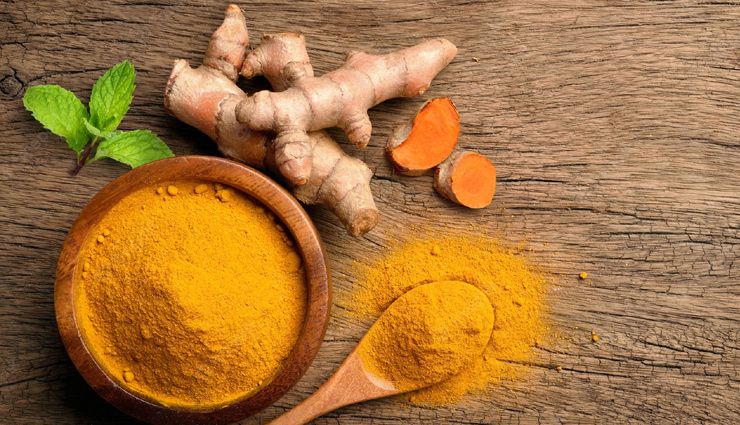
# Turmeric Paste
Turmeric paste is a natural remedy that can be used to help alleviate inflammation and provide relief for bunions. Turmeric contains an active compound called curcumin, which has anti-inflammatory and antioxidant properties. Here's a step-by-step guide on how to make and apply turmeric paste to treat bunions:
Prepare the ingredients: Gather the following ingredients:
1 tablespoon of turmeric powder
1-2 teaspoons of water (or other liquid, such as coconut oil or olive oil)
Optional: a pinch of black pepper (to enhance the absorption of curcumin)
Mix the ingredients: In a small bowl, combine the turmeric powder with the liquid of your choice. Start with 1 teaspoon of liquid and gradually add more as needed to form a thick paste. If using black pepper, add a pinch and mix well.
Create a paste consistency: Stir the mixture thoroughly until you achieve a smooth paste. The paste should be thick enough to easily spread on the bunion area without dripping.
Apply the paste: Gently cleanse the affected foot and pat it dry with a clean towel. Take a small amount of the turmeric paste and apply it directly to the bunion area. Use your fingers or a clean cotton swab to spread the paste evenly.
Leave it on and cover if desired: Allow the turmeric paste to dry on the bunion area. You can choose to cover the paste with a clean cloth or bandage to prevent it from rubbing off. Leave it on for 30 minutes to an hour, or overnight if you prefer.
Rinse off the paste: After the recommended time, wash off the turmeric paste with lukewarm water. Gently pat the area dry.
Repeat regularly: For optimal results, repeat this process 2-3 times a week or as needed to help manage bunion symptoms.
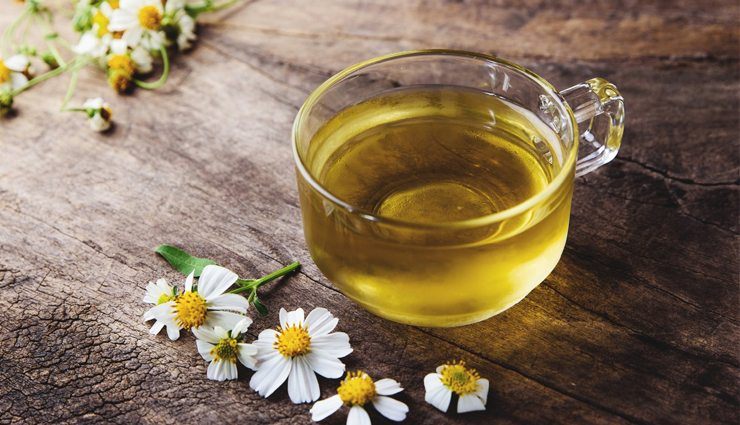
# Chamomile Tea Compress
Chamomile tea compress can be a soothing and natural remedy to help reduce inflammation and provide relief for bunions. Chamomile has anti-inflammatory and calming properties that can help alleviate discomfort and promote relaxation. Here's a step-by-step guide on how to make and apply a chamomile tea compress to treat bunions:
Prepare the ingredients: Gather the following ingredients:
2 chamomile tea bags or 2 tablespoons of dried chamomile flowers
2 cups of hot water
Clean washcloth or small towel
Steep the chamomile tea: Place the chamomile tea bags or dried chamomile flowers in a heatproof container or teapot. Pour the hot water over the tea bags or flowers and let it steep for about 10 minutes. This allows the chamomile to release its beneficial compounds.
Cool the tea: Once the tea has steeped, remove the tea bags or strain out the chamomile flowers. Allow the tea to cool down until it reaches a comfortable warm temperature. You can refrigerate the tea for a few minutes if needed.
Soak the washcloth: Submerge the washcloth or small towel in the chamomile tea until it is fully saturated. Gently wring out the excess liquid, ensuring that the cloth is still damp but not dripping.
Apply the compress: Carefully place the chamomile-infused washcloth onto the bunion area. Make sure the entire bunion is covered by the compress. If desired, you can secure the cloth with a bandage or wrap it around the foot to keep it in place.
Relax and let it sit: Allow the chamomile tea compress to sit on the bunion for 15-20 minutes. Find a comfortable position and relax during this time.
Repeat as needed: For best results, you can repeat this process 2-3 times a day or as needed for symptom relief. Chamomile tea compresses can be used as a complementary treatment alongside other remedies.
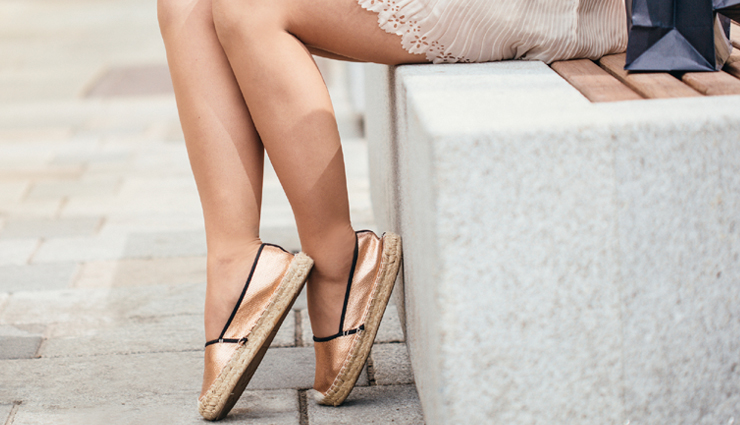
# Proper Footwear
Wearing proper footwear is crucial in the treatment and management of bunions. The right shoes can help relieve pain, prevent further progression of the condition, and provide support to the affected foot. Here are some guidelines to consider when choosing footwear to treat bunions:
Wide toe box: Look for shoes with a wide and spacious toe box. This allows your toes to spread out naturally and helps reduce pressure on the bunion. Avoid narrow or pointy-toed shoes that squeeze the toes together.
Low heel or flat shoes: Opt for shoes with a low heel or no heel at all. High-heeled shoes can increase pressure on the front of the foot and aggravate bunions. Flat or low-heeled shoes provide better stability and reduce strain on the affected area.
Soft and flexible materials: Choose shoes made from soft and flexible materials that allow for natural foot movement. Avoid rigid or stiff shoes that can restrict toe mobility and cause discomfort.
Adjustable closures: Look for shoes with adjustable closures such as laces, straps, or buckles. This allows you to customize the fit and accommodate the bunion's size and shape. Adjustable closures also provide better support and stability.
Cushioned insoles: Shoes with cushioned insoles can provide extra comfort and shock absorption, reducing the impact on the bunion. Consider adding orthotic inserts or custom-made insoles to provide additional support and relieve pressure on the bunion.
Avoid tight or constricting footwear: Stay away from shoes that are too tight or constricting. They can worsen bunion symptoms and cause discomfort. Ensure that your shoes fit properly and allow enough room for your toes to move freely.
Test for proper fit: When trying on shoes, take a few steps to ensure they fit correctly. There should be enough space between the end of your longest toe (usually the big toe) and the front of the shoe. Make sure your toes can wiggle comfortably without feeling cramped.
Wear appropriate footwear for activities: Choose footwear appropriate for the activities you engage in. For exercise or physical activities, opt for athletic shoes that provide proper support and cushioning. For formal occasions, look for dress shoes that have a wider toe box and low heel.
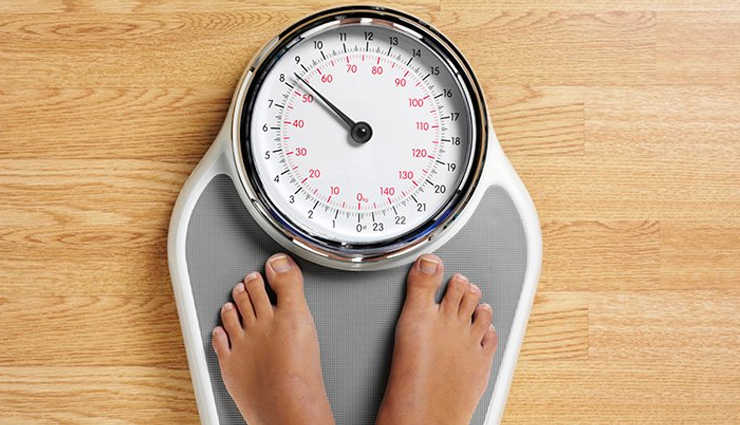
# Weight Management
Weight management can play a significant role in treating bunions and reducing the associated symptoms. Excess weight can put additional pressure and stress on the feet, exacerbating the pain and discomfort caused by bunions. By maintaining a healthy weight, you can alleviate some of the strain on your feet and slow down the progression of bunions. Here are some tips for weight management to help treat bunions:
Maintain a balanced diet: Focus on consuming a well-balanced diet that includes a variety of fruits, vegetables, whole grains, lean proteins, and healthy fats. Avoid excessive consumption of processed foods, sugary snacks, and unhealthy fats. Portion control and moderation are key to maintaining a healthy weight.
Stay hydrated: Drink plenty of water throughout the day to keep your body hydrated. Water helps in digestion, supports overall bodily functions, and can contribute to weight management.
Incorporate regular exercise: Engage in regular physical activity to aid in weight management. Choose exercises that are low-impact and gentle on the feet, such as walking, swimming, cycling, or yoga. Consult with a healthcare professional or a physical therapist for exercise recommendations tailored to your specific needs.
Gradual weight loss: If you are overweight or obese, gradual weight loss can help reduce the strain on your feet. Aim for a slow and steady weight loss of 1-2 pounds per week through a combination of healthy eating and regular exercise. Rapid weight loss can potentially lead to muscle loss and may not be sustainable.
Seek professional guidance: If you're struggling with weight management or need personalized advice, consider consulting with a registered dietitian or a healthcare professional. They can provide guidance on developing a customized weight management plan that suits your individual needs and lifestyle.
Be consistent: Consistency is key when it comes to weight management. Establish healthy habits and make them a part of your daily routine. Maintain a balanced diet and engage in regular physical activity to support your overall health and manage your weight effectively.





